Our story
A project for everyone
La Friche, in its prototypal form, arose in 1992 out of the new models for urban cultural interaction in the public interest, now known as “third places.” This unique, reinvented space brings together artistic activity, modes of urban transformation, real connections to the region, and dynamic cooperation.
La Friche is both a workspace for 70 resident organizations (400 artists, producers, and employees work here every day), and a cross-disciplinary venue (each year, over 600 artistic events are made available to the public). Every year, 450,000 visitors come to this 45,000 square-meter public space housing five performance spaces, a community garden, a playground and athletic space, a restaurant, bookstore, daycare, some 2,400 square meters of exhibition space, an 8,000 square-meter rooftop, and a training center.
Thanks not only to its size but also the number and variety of spaces, La Friche provides workspace to artists, in addition to allowing numerous projects to develop at the same time. Sculptors, actors, painters, photographers, dancers, and producers can have the time and space they need for writing and creating. With their year-round presence and creative activity, these residents, called “frichistes,” form the living artistic hub that has been an essential part of La Friche since its conception.
Here, art and culture are brought into existence, shared, and enjoyed. But like any neighborhood, La Friche invites us to wander its streets, hang out in its public spaces, have a bite or a drink, drop off the kids at daycare or take them to the playground, buy fruit and vegetables at the Monday farmers market, or even dig a bed in the community garden.
It’s not a coincidence that La Friche adopted the name of La Belle de Mai, the larger neighborhood surrounding it. Neighborhood youth feel welcome in the spaces that are open seven days a week, and the youngest Belle de Mai residents even have a daycare. La Friche opened the cinema Le Gyptis in 2014, which has since become a pillar of the neighborhood, and people from Belle de Mai and beyond feel at home in its many open spaces.
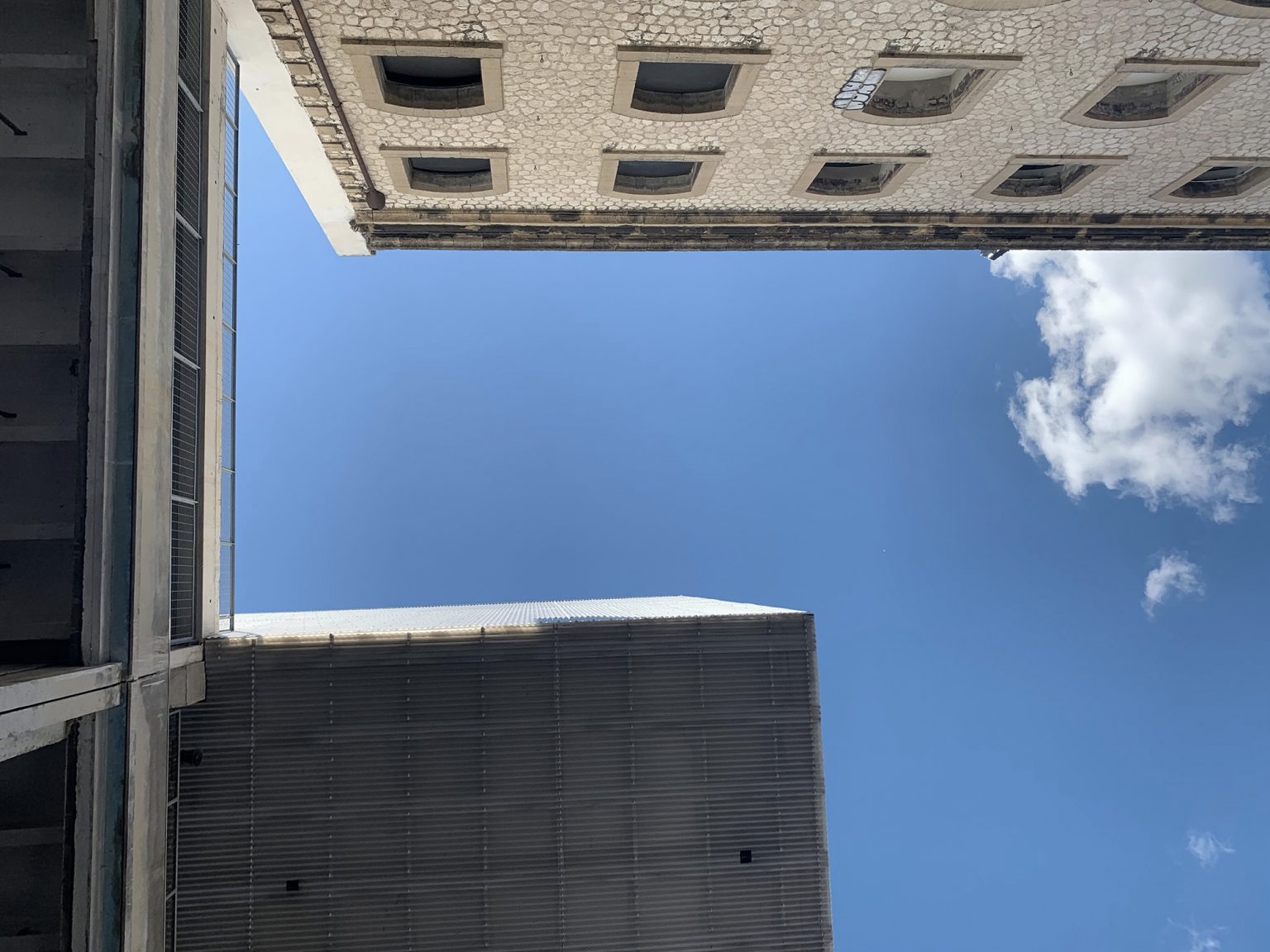
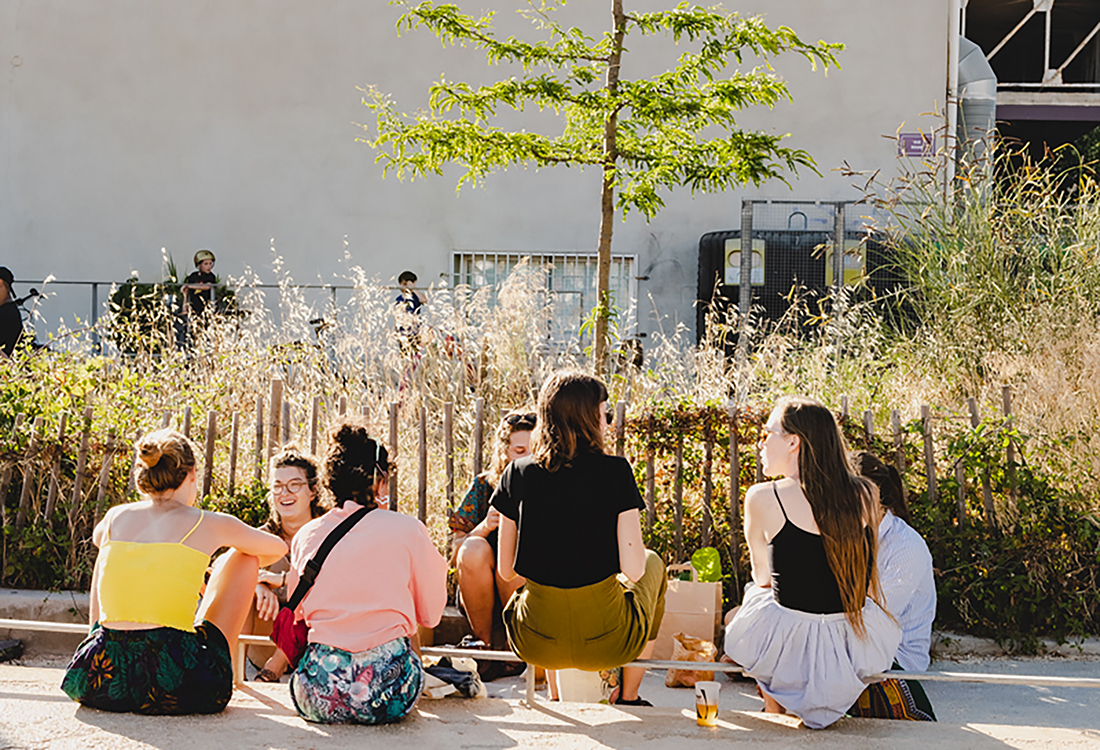
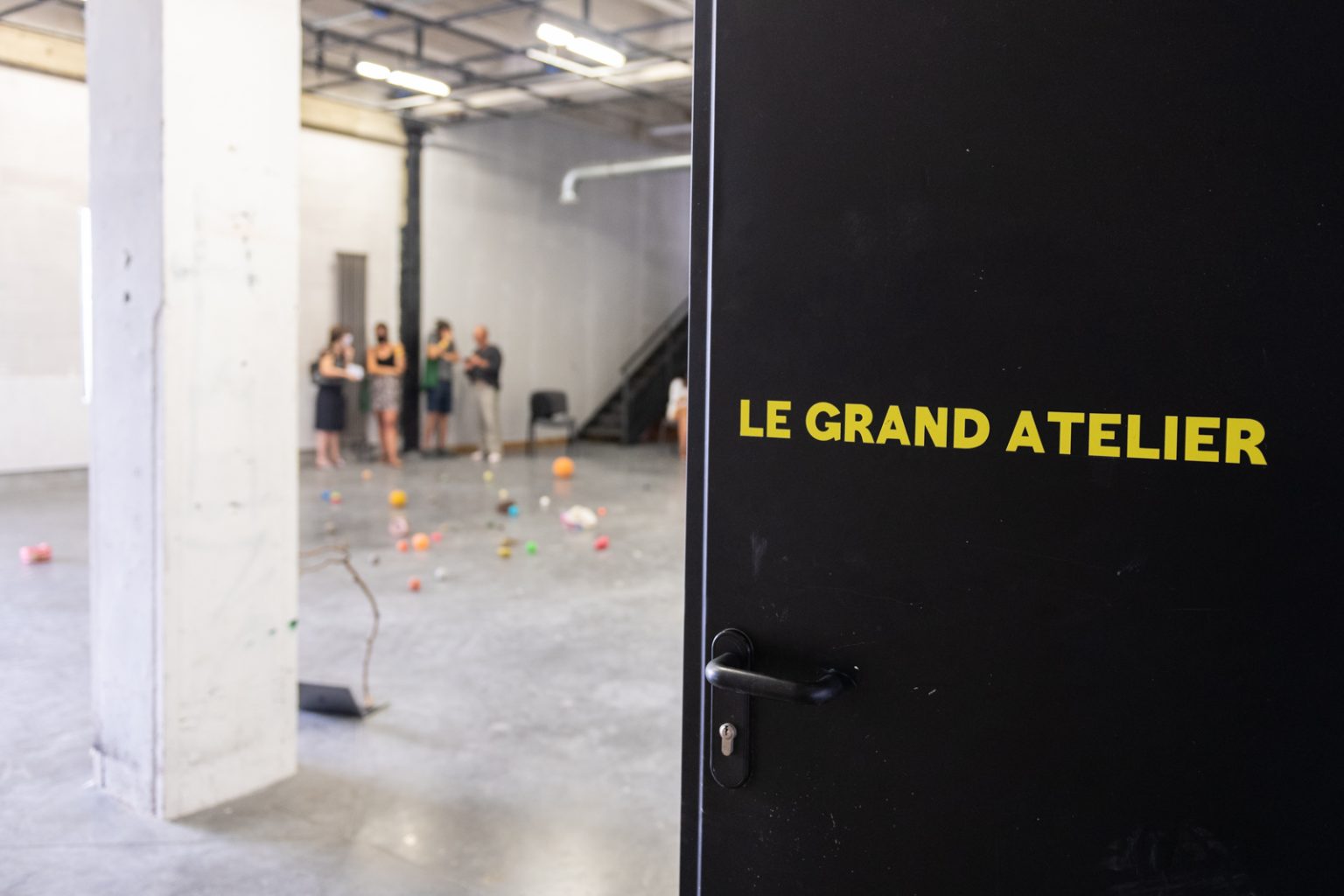
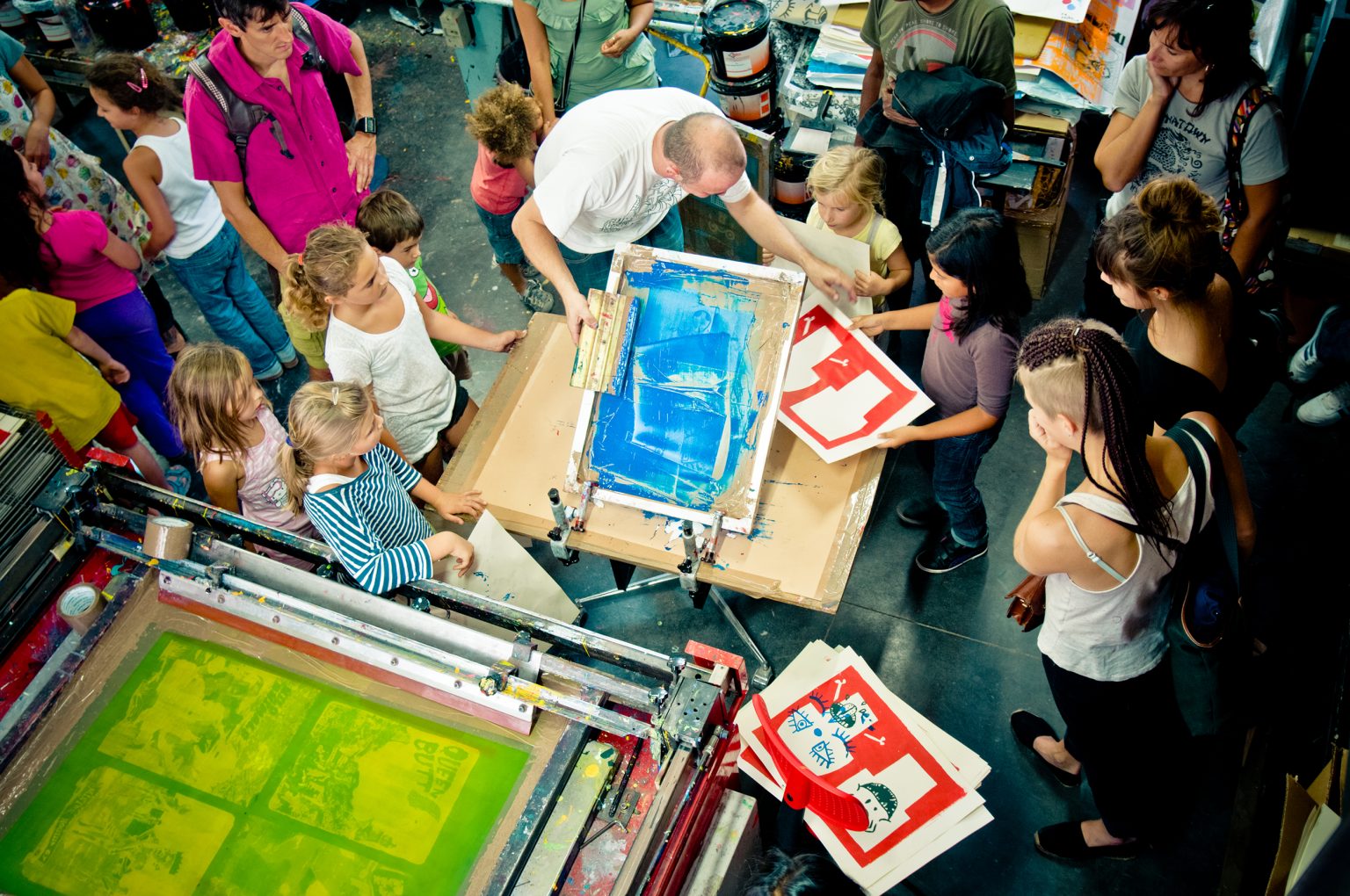
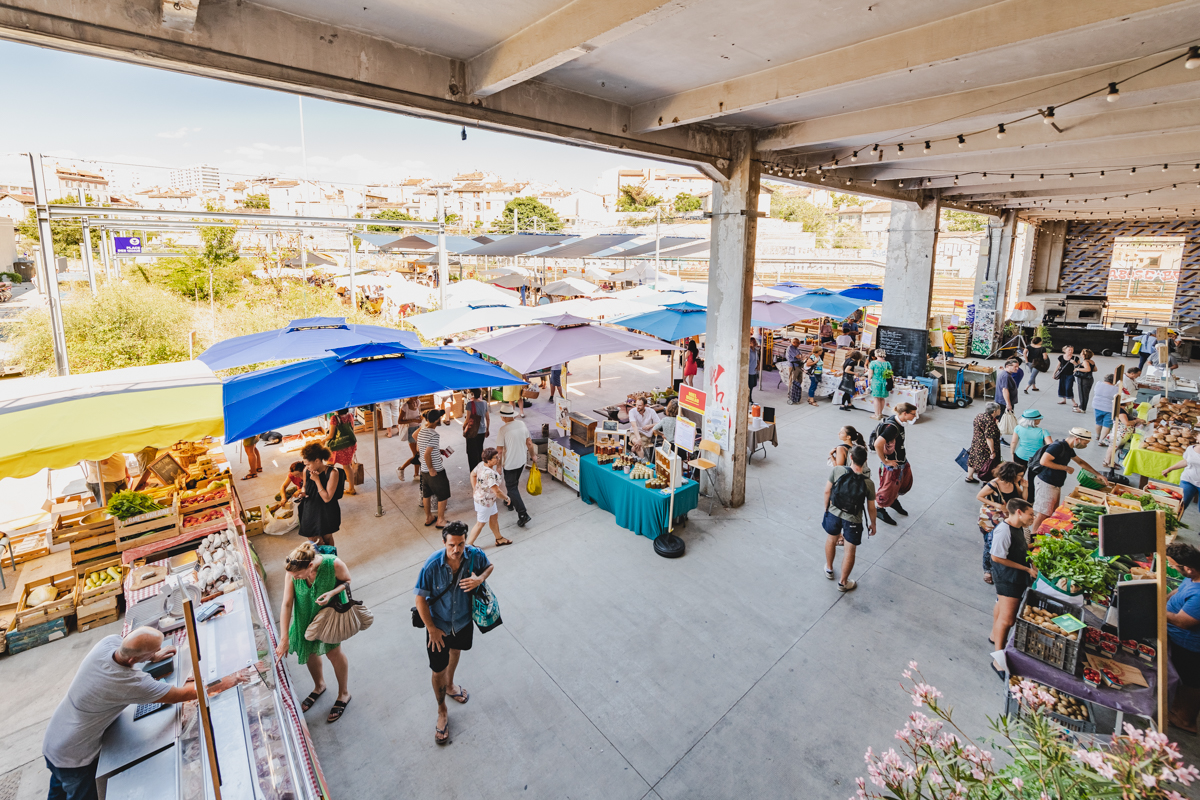
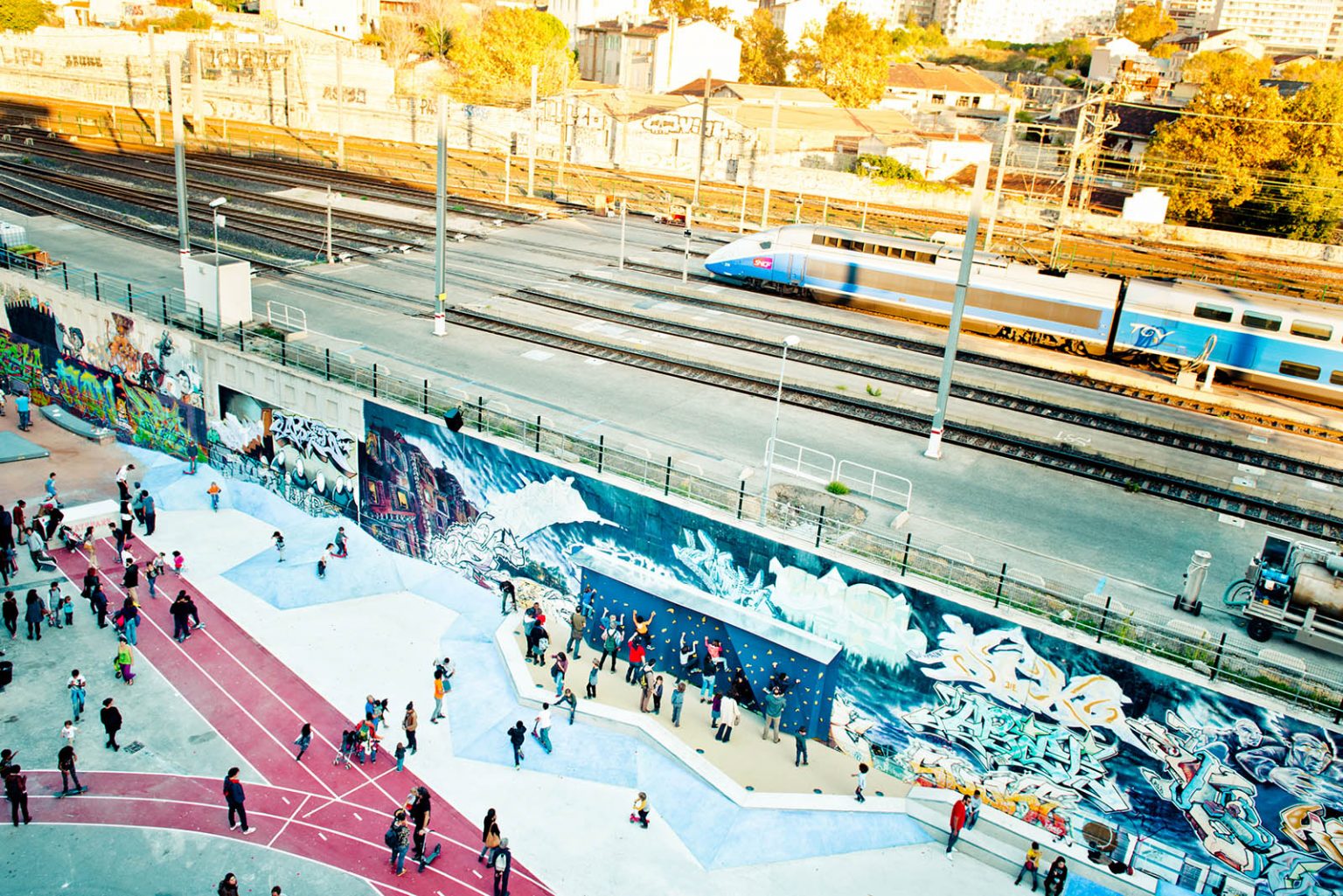
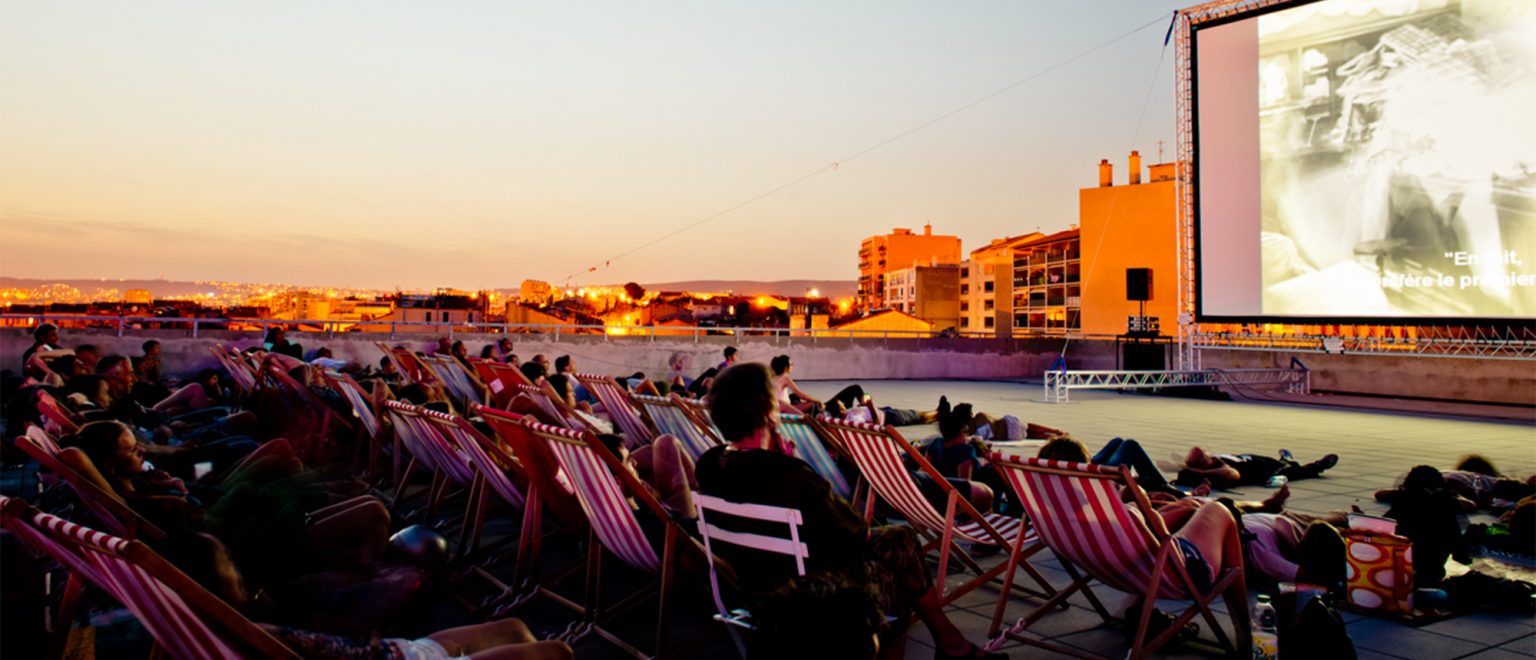
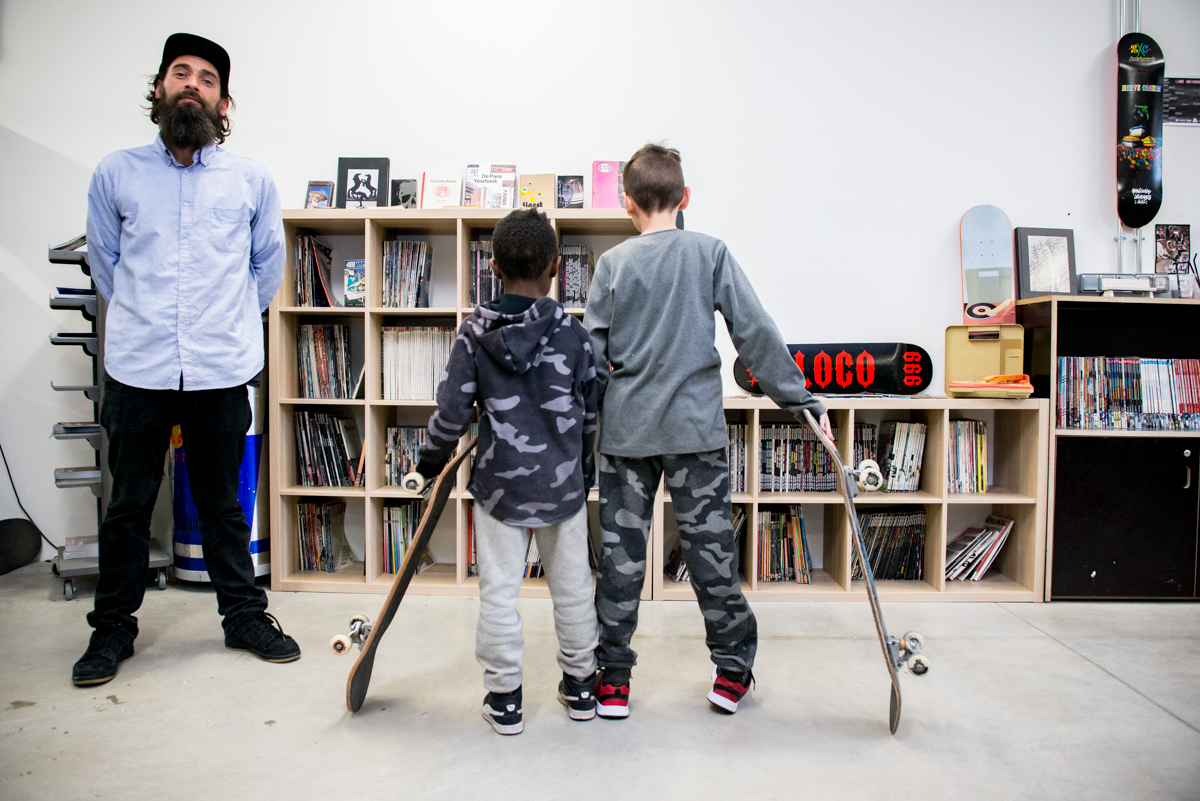
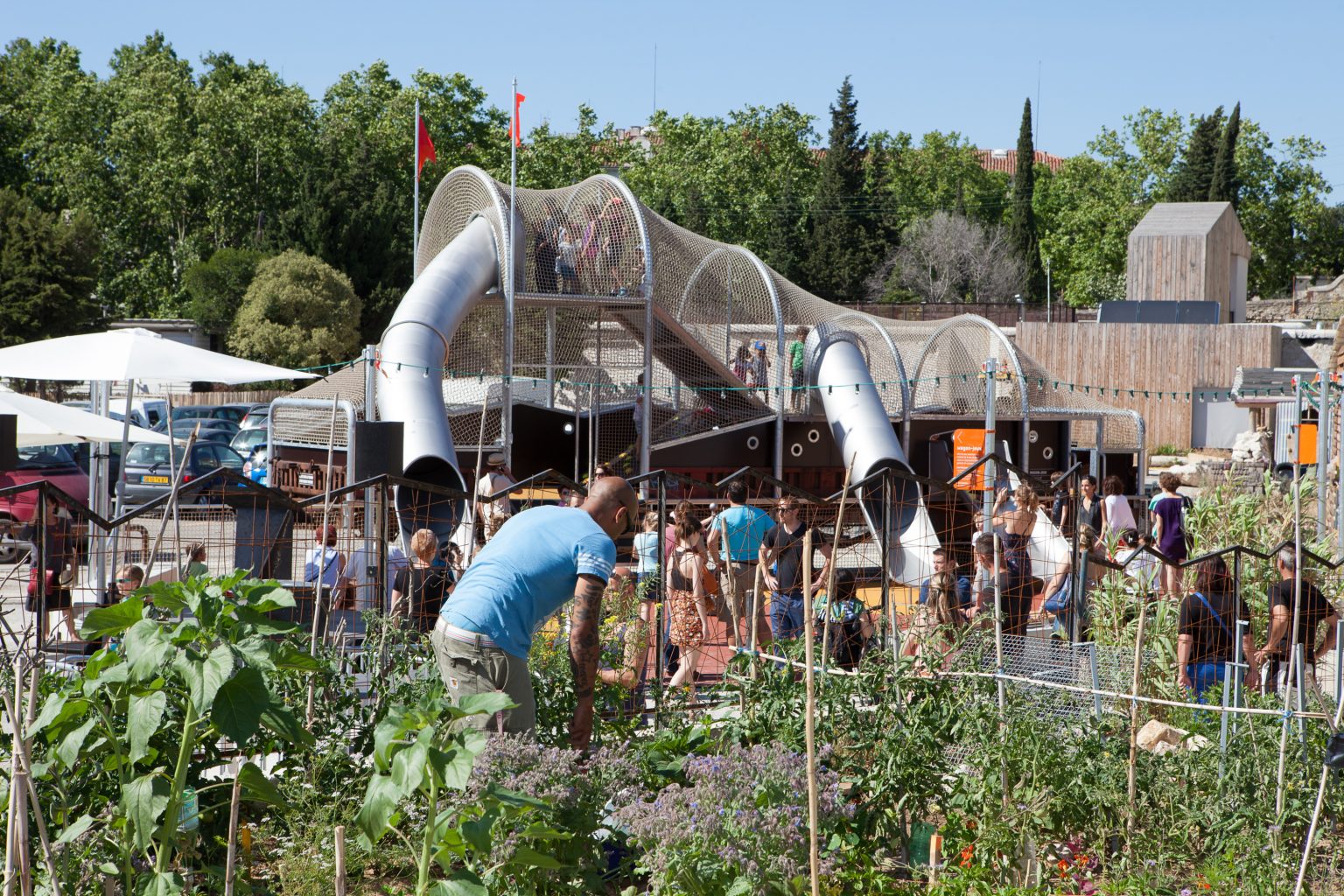
La Friche in numbers
- 450,000 visitors per year
- 100,000 square meters
- 8,000 square meters of rooftop open all summer
- 2,500 square meters of exhibition space
- Six performances spaces, including two concert halls (1,000 and 5,000 seats)
- 600 events per year
- 400 residents, both permanent and temporary
A little history
Before La Friche became La Friche, it was one of France’s largest factories, the SEITA. This tobacco factory employed nearly 1,000 women and men until it shut down in 1990. Starting in 1992, a cultural project began to develop in the newly emptied buildings, at the behest of the city of Marseille alongside elected official for culture Christian Poitevin (also known by his artist pseudonym, Julien Blaine), and the director of Système Friche Theater, Philippe Foulquié. In the months that followed, a number of producers, cultural operators and artistic teams joined the Friche project. In 1995, with architect Jean Nouvel as President of the association, La Friche launched a study that would establish the ambitions and founding principles of La Friche la Belle de Mai, forging a close connection between the urban and cultural dimensions of the project.
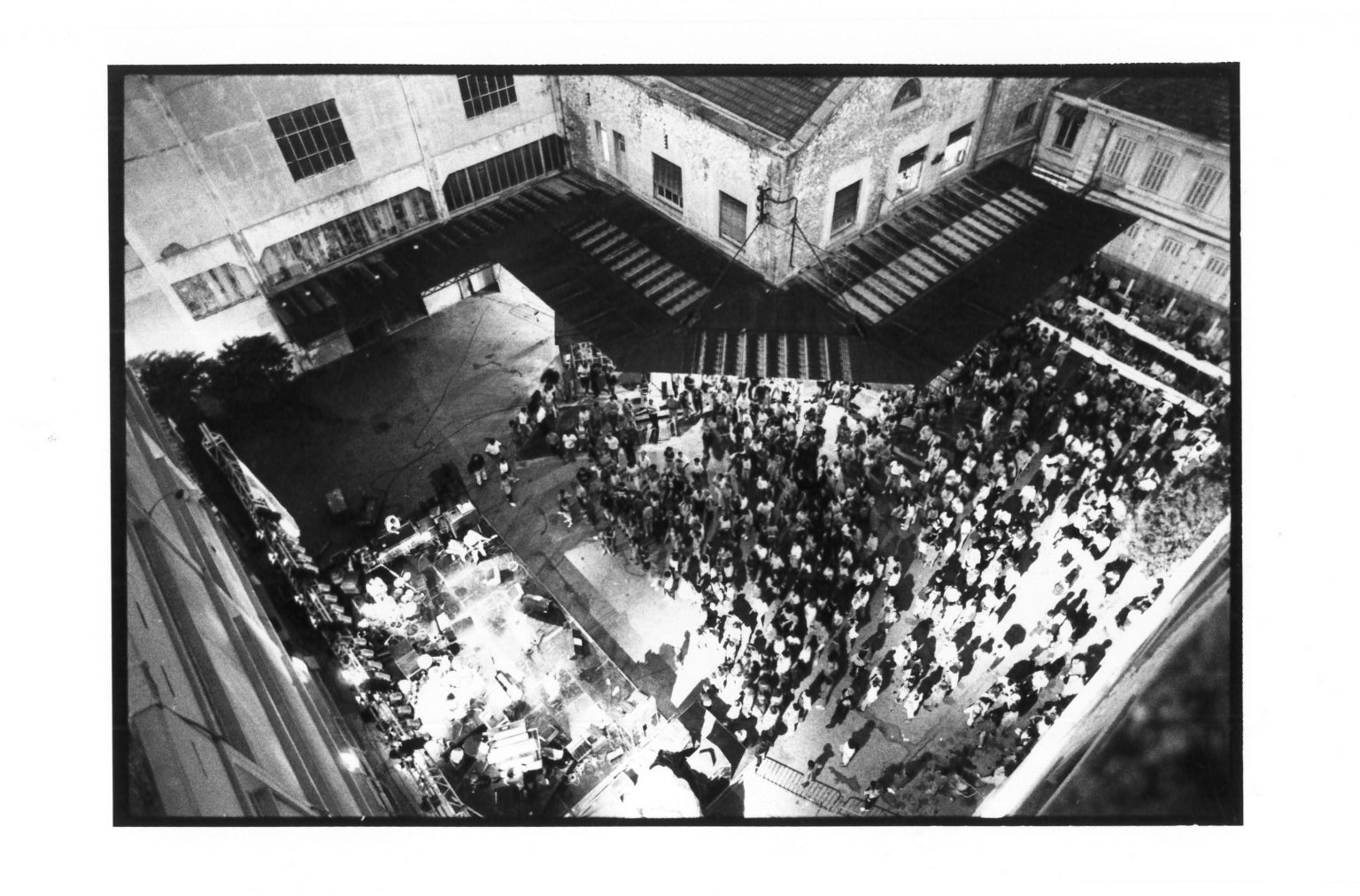
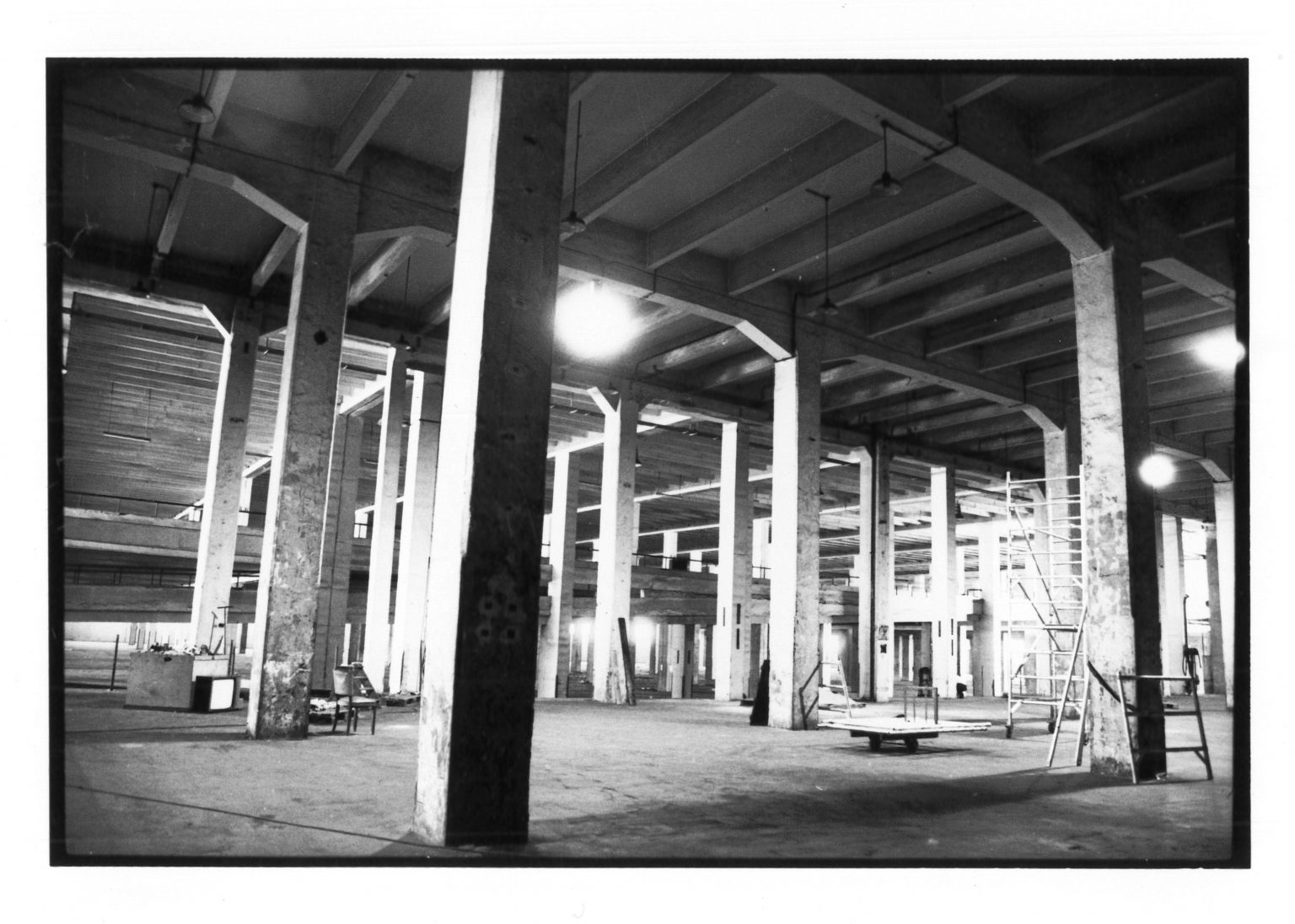
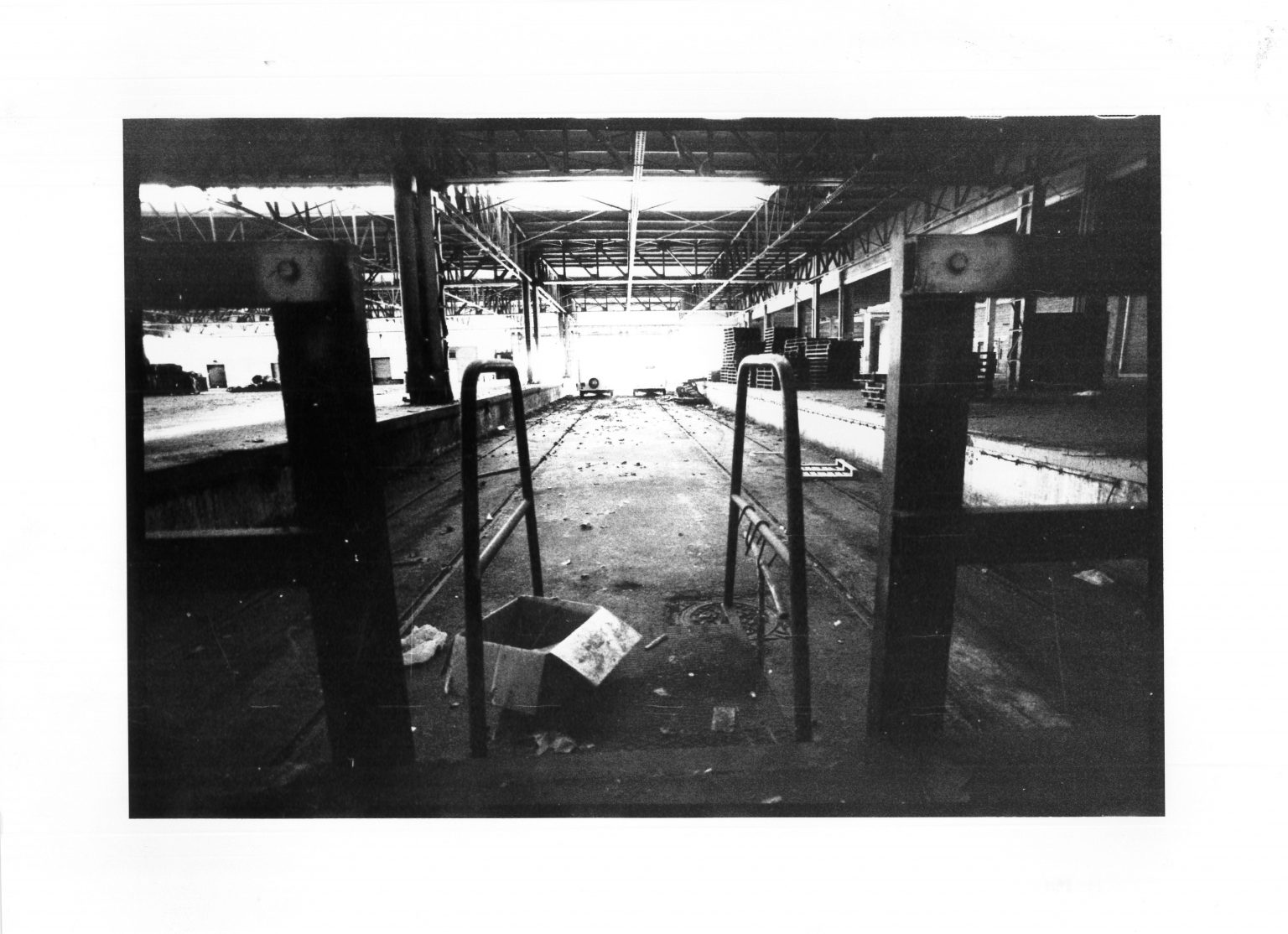
Since its inception, La Friche la Belle de Mai has experimented with atypical forms of governance and transformation processes. In 2007, a collective interest cooperative (in French, a Société Coopérative d’Intérêt Collectif, or SCIC), helmed by Patrick Bouchain, was founded in order to advance and amplify the transformation of what had become a real community within the city. This system of collaborative management is unique in France for a project of this scale.
La Friche underwent several major phases of construction that made it possible to transform the site into workspaces for its residents, as well as exhibition and performance spaces, a restaurant, a daycare, and more. The period from 2004 to 2006 saw the creation of the Cartonnerie and the restaurant; 2009-2012 brought more changes to the restaurant, as well as the skatepark and daycare. The biggest changes of all came in 2013, when Marseille was a European Capital of Culture: upgrades were made to accessibility and circulation, new workspaces were installed, the Panorama exhibition space and two concert venues were added, augmenting the overall quality of performance and gallery space. The major construction projects of 2013 also made the rooftop accessible, adding 8,500 square meters of open-air space with a stunning view of the city and the sea. Architect Mathieu Poitevin oversaw the project with ARM Architecture.
The cultural events held at La Friche are growing in scale, including summer evenings on the rooftop, events taking place all over La Friche for a period of two days and two nights, an array of high-standard visual arts programming. Relationships have been forged with Marseille’s major artistic venues, including the Théâtre de la Criée, Festival de Marseille, Festival Jazz des Cinq Continents, and the Printemps de l’Art Contemporain contemporary art festival. Since 2013, La Friche has become an essential feature of Marseille’s cultural landscape.
In 2015, a playground was added to the skatepark built in 2009, paving the way for La Friche to prioritize its development as an even more welcoming place for residents from the surrounding neighborhood, particularly young people. In 2017, another round of construction was completed, inaugurating the Plateforme, which is dedicated to youth activity in collaboration with several residents and partners focused on children and adolescents. The open-access, multi-use recreation area called La Place des Quais was built alongside the railroad tracks during this period, making La Friche even more open and accessible to its neighbors in Marseille
We haven’t finished writing the story of La Friche la Belle de Mai, a truly singular adventure in urban and artistic experimentation, social cohesion, and civic action.
Getting to know la Friche
« A Urban Laboratory » – Xavier Privat, 2020
video with english subtitles